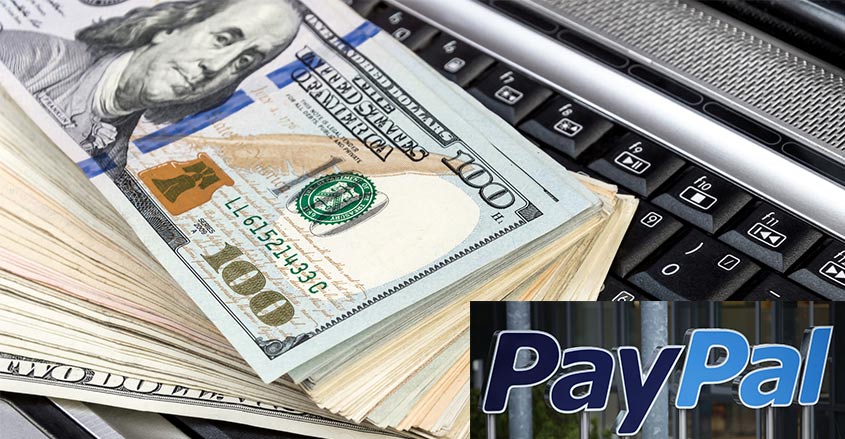John Rainey, the chief financial officer of payment processor PayPal, recently gave an interview where he heralded the death of cash.
“We’ve been talking about this phenomenon or trend for years now, and it’s here,” he said. “We experience it today.”
Rainey lists two considerations that back up his argument. The first is that many payments today are now digitized. The second is the rise of the ever-ubiquitous mobile device, our smartphones.
“It’s where those two come together that really create opportunities like PayPal to really expand the suite of financial services to large swaths of the population that are really underserved by how we characterize that today,” Rainey said.
Rainey estimates that the population of the aforementioned financially “underserved” population is around 2 billion people.
Rainey characterized these 2 billion people as “underserved” because they “don’t have access to things that you and I take for granted, like a checking account or a savings account.”
“The unique aspect of those 2 billion people is roughly 70% have a mobile device,” Rainey said.
“With that combination together, we can put all the power of a bank branch and all the financial services in the palm of their hand.”
Not so fast
Undoubtedly, payments throughout the world have become more and more digitized, but it may premature to ring the death knell on cash just yet. And to be fair to those who still support the use of paper money, many experts have announced the death of cash over the past 60 years.
As Rose Eveleth pointed out in an article in 2015 for BBC Future, they are some positives to using paper money that is just too hard to ignore.
“Cash is essentially untraceable, it’s easy to carry, it’s widely accepted, and it’s reliable,” Eveleth wrote. “There is simply no alternative system of payment that is as convenient, reliable and anonymous.”


